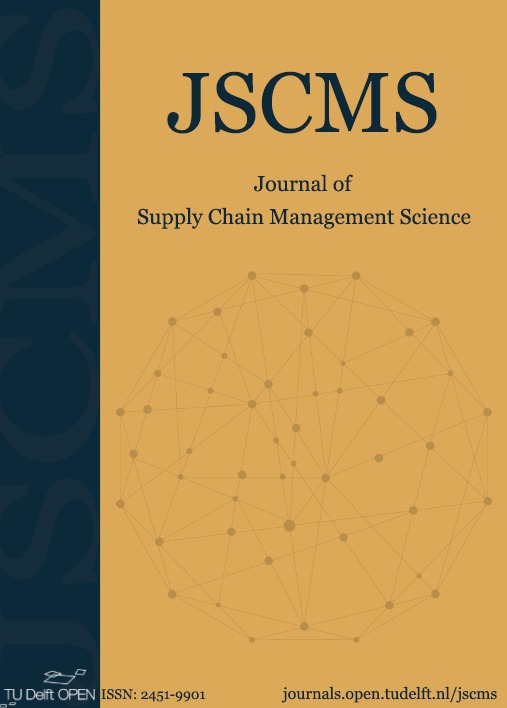Economic order quantity for growing items in the presence of mortality
DOI:
https://doi.org/10.18757/jscms.2022.6843Abstract
Growth depicts the behavior of a class of inventories whose weight and size increase during their storage. Although the phenomenon is fundamental in the food industry, it still faces a lack of academic heed. Our research sheds new light on this area by illustrating the inventory system of a rearing farm that breeds fast-growing newborn animals (like broiler chickens) and finally slaughters them. The items are prone to different diseases during their growth which can lead to their death. This is modeled by applying a mortality rate that can be controlled by investing in preventive practices. The slaughtered items (such as chicken meat) that fall into the category of deteriorating inventory are quality controlled and exploited to satisfy demand. An analytic solution approach is developed to derive the optimal order quantity of newborn animals, their growth period, and action level for preventive practices. Experimental results show that choosing a hatchery with the best purchasing cost should be the first priority of the system to manage its costs. It is also depicted that the breeding period is not influenced by all input parameters of the model, and the nature of the items plays a key role in this regard.
Downloads
Published
How to Cite
Issue
Section
License
Copyright (c) 2022 Journal of Supply Chain Management Science

This work is licensed under a Creative Commons Attribution 4.0 International License.
JSCMS is licensed under a Creative Commons Attribution 4.0 International (CC BY 4.0) licence. The license means that anyone is free to share (to copy, distribute, and transmit the work), to remix (to adapt the work) under the following conditions:
- The original authors must be given credit
- For any reuse or distribution, it must be made clear to others what the license terms of this work are
- Any of these conditions can be waived if the copyright holders give permission
- Nothing in this license impairs or restricts the author's moral rights


